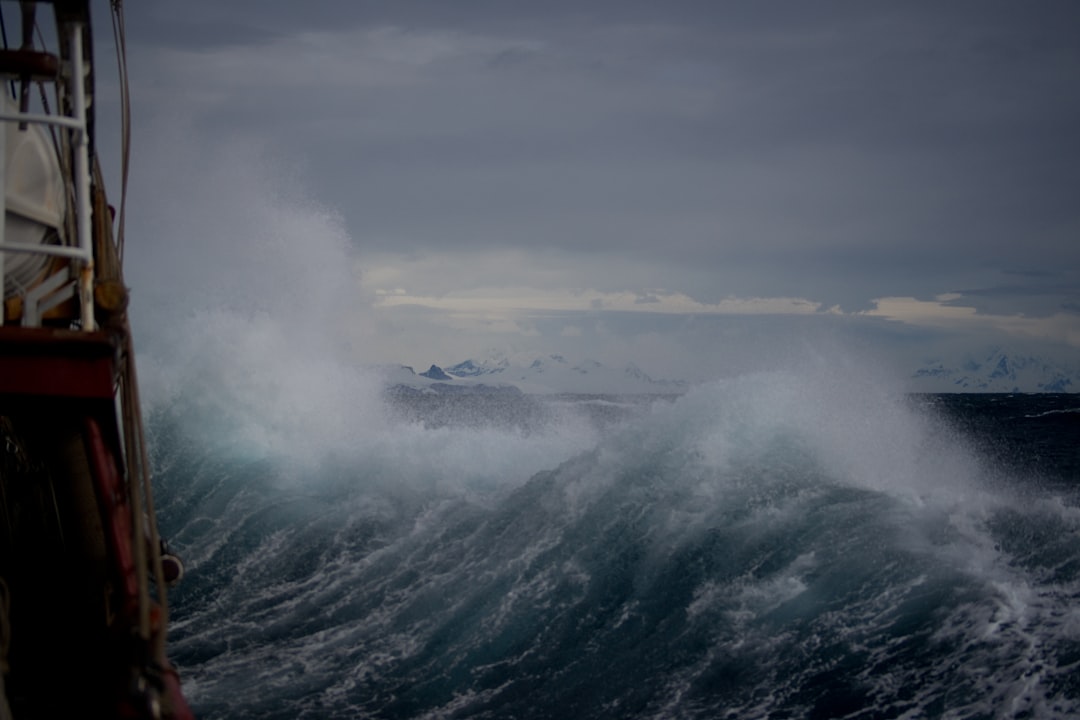What is it about?
To quantify recent thinning of marine-terminating outlet glaciers in northwestern Greenland, we carried out field and satellite observations near the terminus of Bowdoin Glacier. These data were used to compute the change in surface elevation from 2007 to 2013 and this rate of thinning was then compared with that of the adjacent land-terminating Tugto Glacier. Comparing DEMs of 2007 and 2010 shows that Bowdoin Glacier is thinning more rapidly (4.1 ± 0.3 m/a) than Tugto Glacier (2.8 ± 0.3 m/a). The observed negative surface mass-balance accounts for <40% of the elevation change of Bowdoin Glacier, meaning that the thinning of Bowdoin Glacier cannot be attributable to surface melting alone. The ice speed of Bowdoin Glacier increases down-glacier, reaching 457 m/a near the calving front. This flow regime causes longitudinal stretching and vertical compression at a rate of -0.04 /a. It is likely that this dynamically-controlled thinning has been enhanced by the acceleration of the glacier since 2000. Our measurements indicate that ice dynamics indeed play a predominant role in the rapid thinning of Bowdoin Glacier.
Featured Image
Read the Original
This page is a summary of: Surface elevation changes during 2007–13 on Bowdoin and Tugto Glaciers, northwestern Greenland, Journal of Glaciology, September 2016, Cambridge University Press,
DOI: 10.1017/jog.2016.106.
You can read the full text:
Contributors
Be the first to contribute to this page










